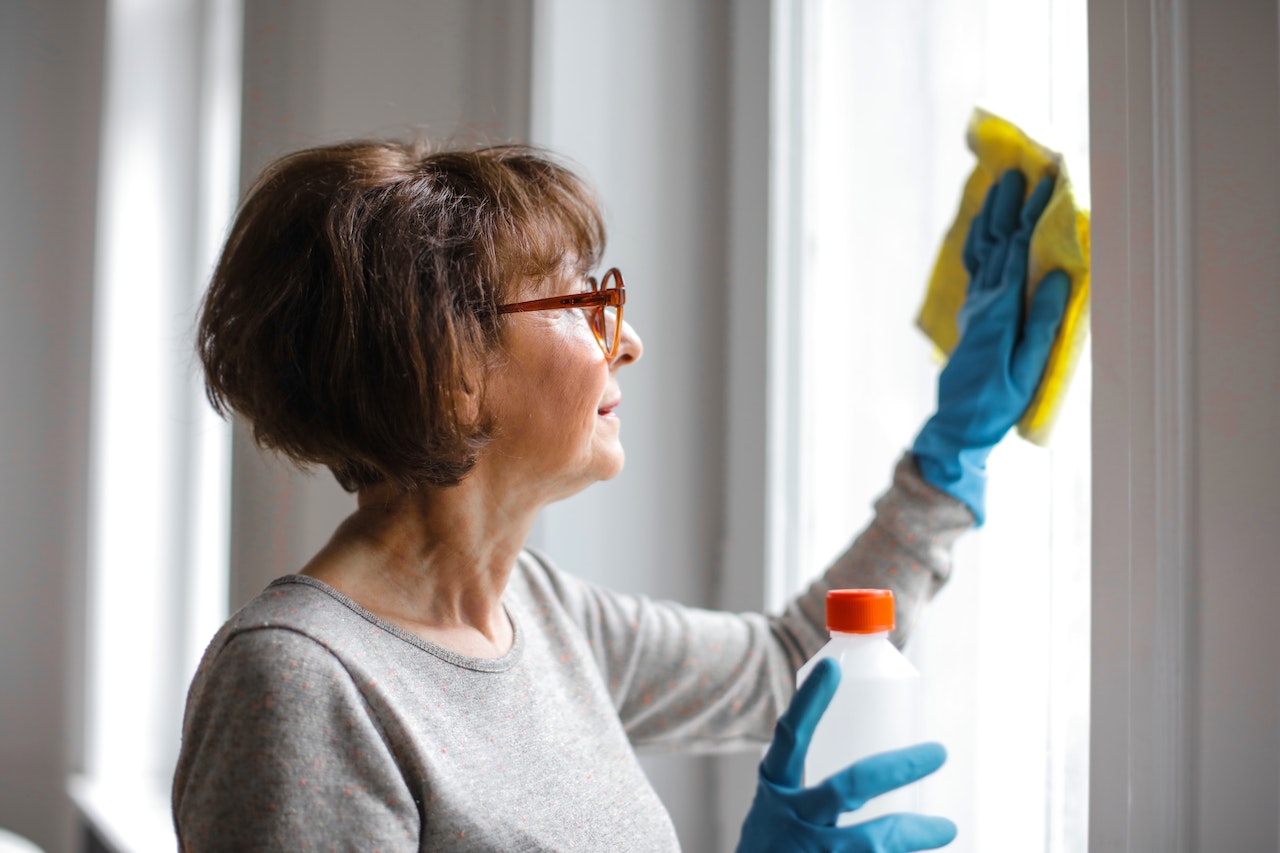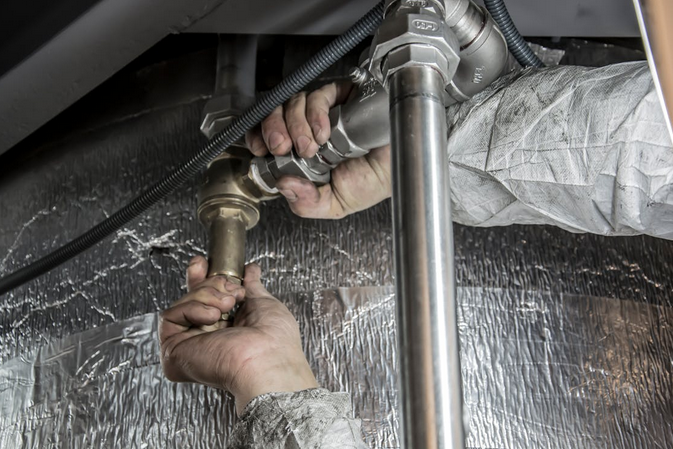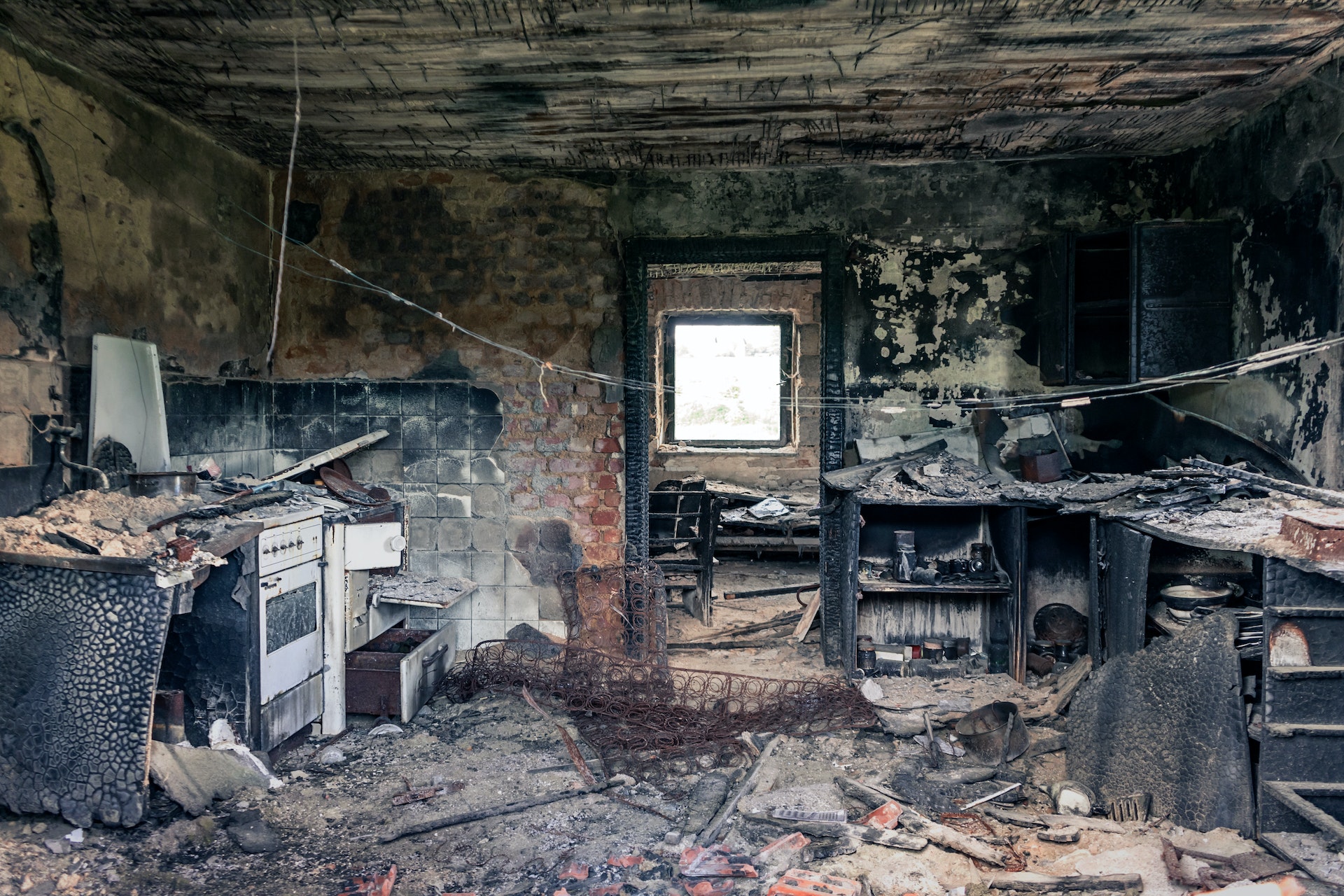Finding the perfect home for you and your furry friend can be an exciting and challenging process. As a responsible pet owner, it’s important to ensure that the house you choose is not only suitable for your own needs but also provides a safe and comfortable environment for your beloved companion. Dog grooming and care need to be top-notch if you wish the best for your furry friend. In this article, we will discuss some common blunders to avoid when house hunting with your pet.
Not Considering Pet-Friendly Neighborhoods
One of the biggest mistakes pet owners make when house hunting is not considering the pet-friendliness of a neighborhood. Before making a decision, research the area for pet-friendly amenities such as parks, walking trails, and nearby veterinary clinics. Additionally, check if there are any breed or size restrictions in the community or if there are any ongoing noise complaints, as these factors can greatly impact your pet’s quality of life.
Ignoring the Backyard
A backyard is often considered a valuable asset when it comes to pet ownership. Ensure the property you’re considering has a securely fenced backyard, preferably with enough space for your pet to roam and explore safely. Take note of any potential hazards like poisonous plants, chemicals, or openings in the fence that could allow your pet to escape. A well-maintained, pet-friendly backyard can provide your furry friend with exercise and a sense of freedom.
Overlooking Flooring and Surface Choices
Pets can sometimes be prone to accidents, especially when they are adjusting to a new home. It’s crucial to consider the type of flooring in the house, as certain materials, like carpeting, can absorb odors and be challenging to clean. Opt for pet-friendly flooring options such as hardwood, laminate, or tile, which are easier to maintain and clean. Consider using rugs or mats in high-traffic areas to protect the flooring and provide your pet with comfortable spaces to relax.

Neglecting Space and Layout
Just like humans, pets require their own space to thrive. When house hunting, consider the layout of the home to ensure it can accommodate your pet’s needs. Look for areas where your pet can have their bed, toys, and feeding station without being in the way of foot traffic. A dedicated space for your pet will not only keep things organized but also provide them with a sense of belonging and security.
Failing to Research Local Pet Regulations
Different municipalities have varying regulations when it comes to pet ownership. Before finalizing a purchase, ensure you are aware of any local laws or restrictions that might affect your pet. Some communities have limitations on the number of pets allowed per household, restricted breeds, or mandatory licensing. Familiarize yourself with these regulations to avoid complications down the road.
Conclusion
House hunting with your pet requires careful consideration and planning to ensure that both you and your furry friend feel at home in your new space. By avoiding the blunders mentioned above, you can make a more informed decision and find a house that caters to your needs as well as the needs of your pet. Remember, a happy and comfortable pet makes for a happy home.



 One of the most important things you can do to care for your window shutters is to use the right cleaning products. Avoid using harsh chemicals or abrasive cleaners, as these can damage the finish of your shutters. Instead, opt for a mild soap and water solution. You can also purchase specialized cleaning products designed specifically for shutters. For instance,if your shutters are made of wood, you may want to use a polish or wax designed specifically for wood surfaces.
One of the most important things you can do to care for your window shutters is to use the right cleaning products. Avoid using harsh chemicals or abrasive cleaners, as these can damage the finish of your shutters. Instead, opt for a mild soap and water solution. You can also purchase specialized cleaning products designed specifically for shutters. For instance,if your shutters are made of wood, you may want to use a polish or wax designed specifically for wood surfaces. Another essential tip for care and maintenance is ensuring the shutter hinges are adequately lubricated. This will help to ensure that they move smoothly and don’t become stuck. You can purchase specialized lubricants explicitly designed for use on shutter hinges. Also, you should make sure to keep the area around the hinges clean and free of debris. This is because dirt and dust can build up over time and cause the hinges to become stuck. By following these essential tips for care and maintenance, you can help to ensure that your window shutters continue to look great and function properly for years to come.
Another essential tip for care and maintenance is ensuring the shutter hinges are adequately lubricated. This will help to ensure that they move smoothly and don’t become stuck. You can purchase specialized lubricants explicitly designed for use on shutter hinges. Also, you should make sure to keep the area around the hinges clean and free of debris. This is because dirt and dust can build up over time and cause the hinges to become stuck. By following these essential tips for care and maintenance, you can help to ensure that your window shutters continue to look great and function properly for years to come.



